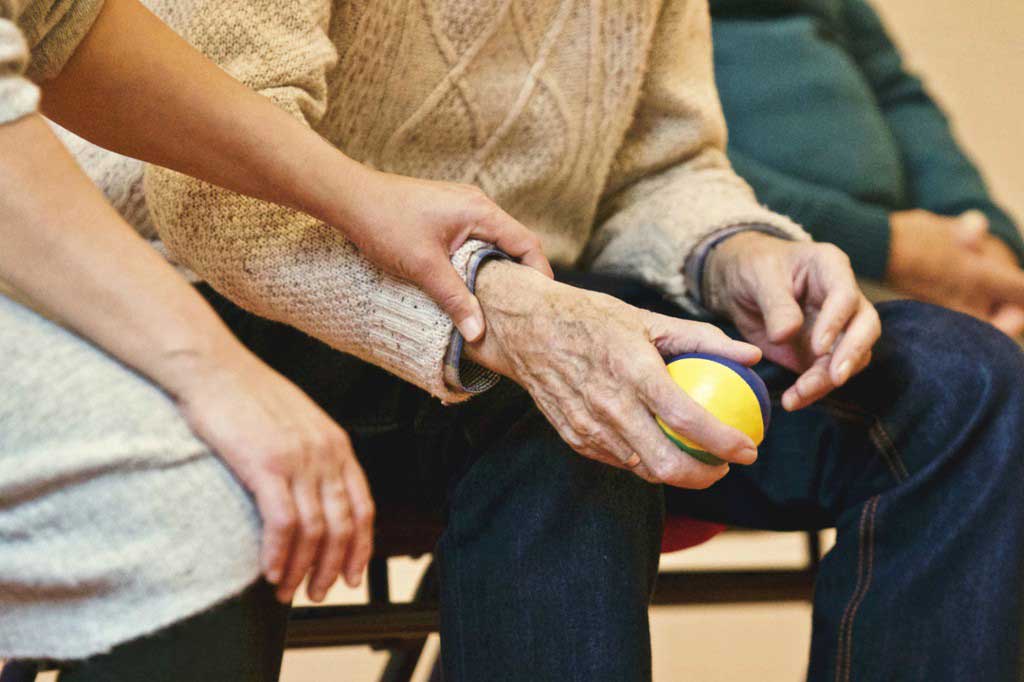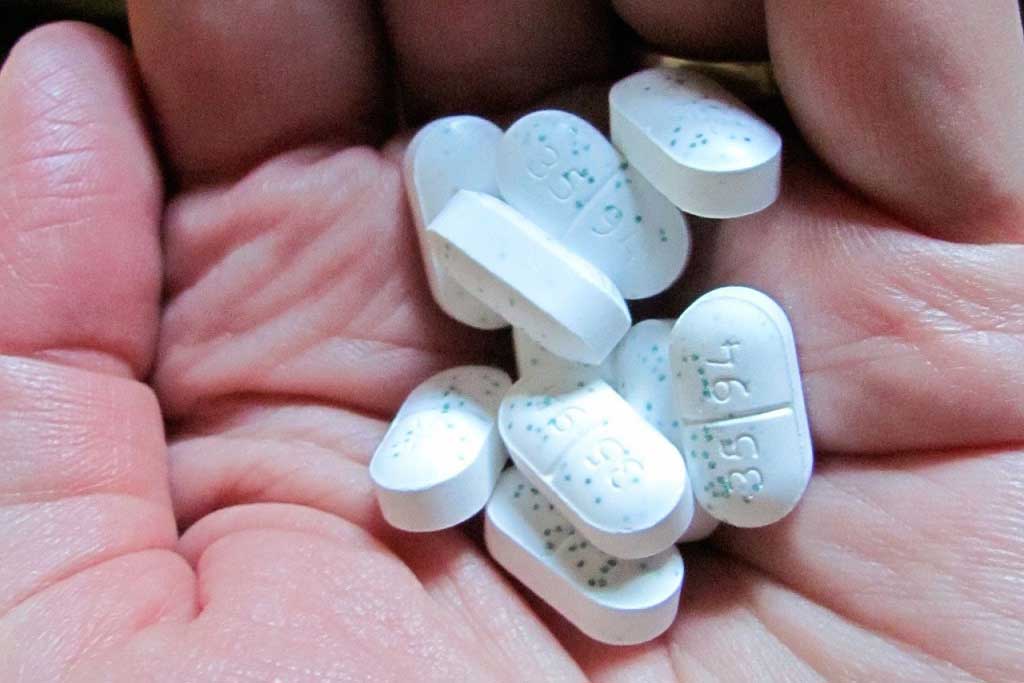Protein and arthritis
Older people
“Protein find may lead to new arthritis treatment,” reported The Guardian, saying that scientists have discovered a protein that occurs naturally in the body and
“Protein find may lead to new arthritis treatment,” reported The Guardian , saying that scientists have discovered a protein that occurs naturally in the body and “inhibits the breakdown of bone”. Researchers are still establishing what effect the protein has on live cells grown in the laboratory, but says there is hope that “it could form the basis of treatments for conditions such as arthritis and osteoporosis”.
The study behind this story provides further information about the actions of a particular protein – TSG6 – which has been linked with inflammation, particularly in joint diseases. The newspaper is right to point out that investigation of this protein is still at an early stage. It will be some time before any treatments based on it are tested on humans, but animal and laboratory studies such as these are an important first step.
Where did the story come from?
Dr David Mahoney and colleagues from the University of Oxford, Rush University Medical Centre in Chicago, the University of Manchester and Sackler School of Medicine in Tel Aviv carried out this study. The research was supported by Arthritis and Research Campaign Grants, and by Isis Innovation. The study was published in the peer-reviewed medical journal Journal of Biological Chemistry .
What kind of scientific study was this?
The study behind the news reports is a laboratory study carried out on human and mice cells, and in live mice. The researchers were interested in exploring the effects of a protein – TSG6 – which is produced in response to inflammation and is often found in the joints (synovial fluid and cartilage) of osteoarthritic and rheumatoid arthritic patients. Other animal studies have found that TSG6 has a protective effect in animal models of arthritis, reducing the incidence of the disease and delaying joint inflammation.
In this study, the researchers wanted to understand in greater depth why TSG6 has anti-inflammatory and protective properties. TSG6 is thought to prevent particular cells – osteoclasts – from destroying bone by binding with a protein that influences their activity.
Researchers took blood samples from healthy male volunteers (aged 25 to 35 years). From these samples they extracted peripheral blood mononuclear cells (PBMC). The PBMC cells were cultured in the laboratory for 21 days, along with TSG6 and slices from the calcium-containing part of teeth, to determine the effects on bone cell erosion.
Researchers also bred mice that were deficient in the genes needed to make the TSG6 protein. They killed these mice, then extracted bone marrow from their bones (femurs, tibia and fibulae) and cultured the cells for 10 days. They then determined the levels of bone-damaging cells present. The joints of these mice were also measured and compared with normal (control) mice. The degree of joint inflammation was also assessed.
In another part of the experiment, researchers grew bone-forming cells in culture in the presence of TSG6 to look at the effects on cell growth.
In further experiments, the researchers explored the effects of TSG6 on the pathways involved in bone formation and resorption (i.e. on bone morphogenic protein – BMP-2 – and on sRANKL, another protein).
What were the results of the study?
The addition of TSG6 to human PBMC cells in culture resulted in a reduction of the erosive activity of the resulting osteoclasts (cells that destroy bone), but it did not have any effect on how many of these cells were formed.
In mice that lacked the genes necessary to produce TSG6, the bone cells contained features that are consistent with severe arthritis and tissue damage. Mice with this genetic mutation also had twice the bone mass of control (normal) mice.
TSG6 inhibits the breakdown of bone by osteoclasts (bone resorption) by interfering with the effects of a protein called sRANKL. It also affects the growth of osteoblasts (bone forming cells that are induced by BMP-2), possibly encouraging the formation of cartilage.
What interpretations did the researchers draw from these results?
The researchers conclude that their study has shown that TSG6 is produced in mouse knee joints. They conclude that TSG6 might regulate the activity of osteoclasts (bone destroying) and osteoblasts (bone forming) cells. They say that it remains to be determined how TSG6 controls these two opposing functions.
What does the NHS Knowledge Service make of this study?
This laboratory study sheds light on the functioning of a protein – TSG6 – which is known to be produced in response to inflammation, and which is a feature of osteoarthritis and rheumatoid arthritis. From the results we see that TSG6 is involved in mediating complex reactions associated with bone formation and resorption. However, it is early days. This research is based on cells in the laboratory, and there is some way to go before the implications of these findings for arthritis drug treatments are clear. Many findings that have shown promise in the laboratory never make it to live human study. Time and investment is often needed for those that do.






 Subscribe
Subscribe Ask the doctor
Ask the doctor Rate this article
Rate this article Find products
Find products








